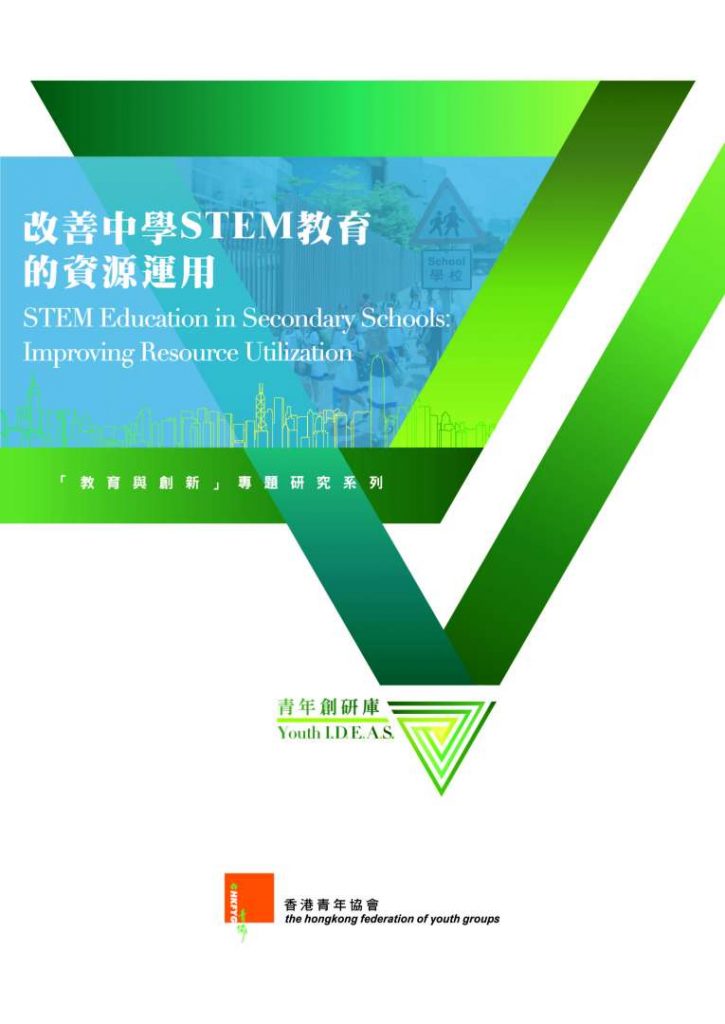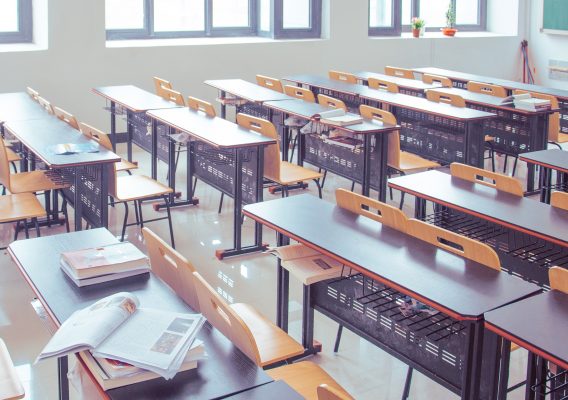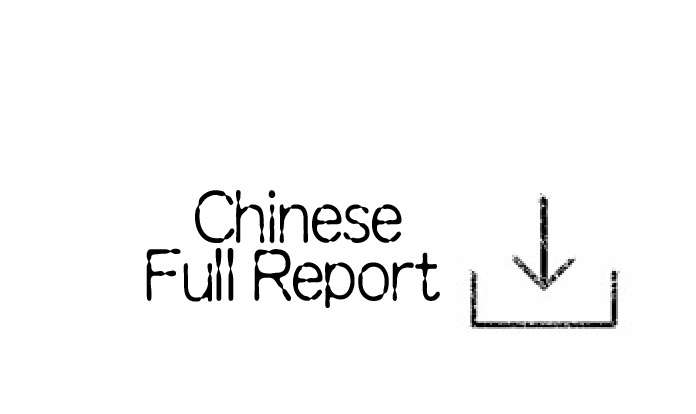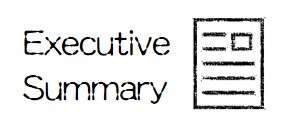STEM Education in Secondary Schools : Improving Resource Utilization
Youth I.D.E.A.S. 26
Education and Innovation
STEM Education in Secondary Schools : Improving Resource Utilization
14 January, 2018

STEM is an acronym for Science, Technology, Engineering and Education; STEM education refers to the multidisciplinary teaching of these subjects. STEM education emphasises helping students cultivate innovative mindsets, developing interests in these subjects as well as enhancing their creativity, problem-solving skills, logical thinking and capability to engage in collaboration.
Believing that STEM education can help nurture talent and maintain national competitiveness, many countries have stressed the importance of STEM education in recent years. The 2015 Trends in International Mathematics and Science Study (TIMSS) reports that the grade four and grade eight students of more than seventy-five per cent of countries showed improvement in performance in Science and Mathematics, as they got higher scores in their assessments. According to research done by the Programme for International Student Assessment (PISA) in 2015, students in countries that actively implement STEM education showed better performance in collaborative problem-solving assessment than those from other countries.
For three consecutive years, since 2015, the Hong Kong government has stressed the importance of promoting STEM education, promising to take a series of measures to support schools implementing policies for STEM education. An example of such measures is the one-off grant to government schools, aided schools, Direct Subsidy Scheme (DSS) schools and primary schools. Last year, each local secondary school was given an additional one-off subsidy amounting to $200,000.
Apart from the government, all higher education institutions and many enterprises and non-governmental organisations have recently been actively offering different kinds of resources to promote the development of STEM education. However, when examining the recent development of STEM education among secondary schools, it is not difficult to discover that quite a number of schools lack defined goals and plans for the development of STEM education. Moreover, they are unable to fully utilise their resources to effectively develop STEM education.
This research aims to examine the usage of STEM education resources by local secondary schools. Particular attention is given to the government’s one-off grant, amounting to $200,000 per school. In addition, in order to encourage education workers to better utilise resources for sustainable, long-term development of STEM education, this research attempts to share successful experiences through case studies.
From November to December 2017, questionnaires were distributed to teachers responsible for the coordination of STEM education. 105 completed questionnaires were collected. At the same time, nine discussions groups as well as interviews with five experts or academics were also conducted.
Discussion
- Making good use of resources is the key to the development of STEM education in secondary schools. Effective resource allocation could help the promotion of STEM education among schools and support their implementation of STEM education programmes. Also, it could encourage social organisations to take part in STEM education. Prudent resource utilisation could contribute to effectiveness in promoting STEM education.
- There is a lack of guidelines and examples regarding STEM education for schools’ reference. Schools’ understanding of and planned directions for STEM education are the prerequisites of effective resource utilisation. The government should provide schools with sufficient guidelines and examples for schools’ reference in order to help schools work on their directions and strategies for developing STEM education.
- Most of the schools have not fully utilised their resources to implement STEM education. Currently, many schools are carrying out different kinds of STEM education projects, but since resources are not fully utilised, the development of STEM education is slow and lacks focus.
- The prevailing method of implementing STEM education in secondary schools lacks sustainability and universality. Although schools and other stakeholders are involved in the promotion of STEM education, their plans are not prepared with long-term development in mind. This makes STEM education difficult to implement in a sustainable way.
- The way the government allocates resources is ineffective in developing STEM education. Since not all the schools can benefit from these policies, these resources are wasted to a degree.
Recommendation
- Establish a STEM education fund of one billion dollars.
- Provide guidelines and examples for schools’ reference.
- Set up STEM resource sharing centres in the five constituencies of Hong Kong.
- Enhance software and facilities in the Hong Kong Science Museum.




